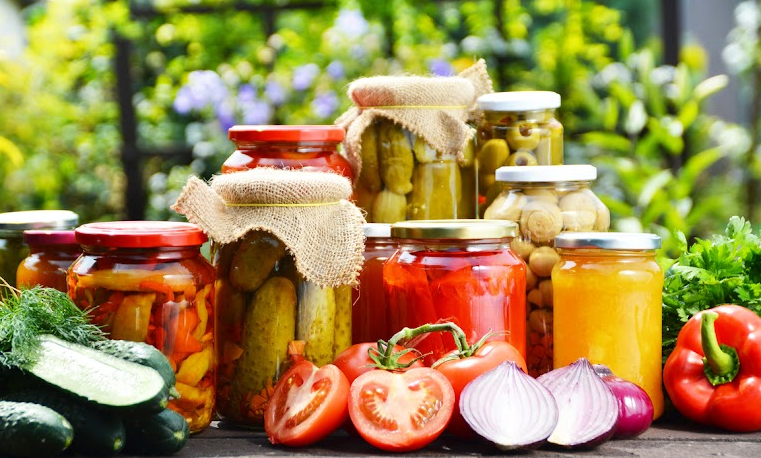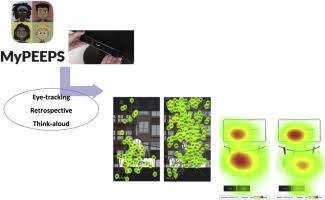Bottled and Jarred Packaged Goods – Type & Benefits

Bottled and Jarred Packaged Goods
While consuming bottled and jarred packaged goods is convenient, it is not always the most sustainable option. This article discusses some of the issues surrounding this packaging, including the environmental impact, convenience of storage, and shelf life. Learn how to extend the shelf life of your bottled and jarred packaged goods. Then, decide whether they are worth it. Here are some tips:
Cost of bottled and jarred packaged goods
Jarred and bottled packaged goods are the two major types of packaged goods, but they are very different in terms of cost and environmental impact. Jarred and bottled goods are heavier than their counterparts, both in weight and energy, and glass packaging requires special handling. This results in higher production and transportation costs, as well as added consumer costs. Bottled goods are preferred for their long shelf life, and are used by large corporations and other companies that require a high level of quality.
The main difference between jarred and bottled packaged goods is the amount of labor required. Jarred packaged goods are typically cheaper to produce, but they also require more transportation and refrigeration, and therefore cost more per unit. Jarred and bottled packaged goods also tend to be higher in sugar and sodium, but the difference is minor. It depends on the product and your preferences. However, if you are concerned about the environment, consider how much you’re willing to pay.
Sustainability of bottled and jarred packaged goods
There are numerous benefits to using bottled and jarred packaged goods. Some of these products can be recycled and reprocessed. Many jarred foods are recyclable, but the Food and Drug Administration has raised concerns about the quality of recycled materials. Ultimately, the sustainability of these products will depend on how they are packaged. In the meantime, bottled packaged goods offer many advantages over canned ones. Here are some examples of these benefits.
Glass containers are environmentally friendly because they do not release harmful chemicals into water. Glass is also an infinitely recyclable material and can be recycled endlessly without sacrificing quality. Jarred glass products are often cheaper and retain their freshness longer. Jars do not contain metal, which can seep into food items as they age. Unlike plastic bottles, glass jars also require less energy to produce and reprocess.
Convenience of storing bottled and jarred packaged goods
When it comes to food storage, canned and jarred products offer many advantages. These items are easy to store and take up less space, are more durable, and are safe for human consumption. In addition to being safe, jarred goods make portioning meals, snacks, and meals on the go a breeze. Often, bottled and jarred goods are also recyclable. The convenience of storing bottled and jarred packaged goods cannot be matched.
While most foods are safe for human consumption, there are a few things to remember. For instance, packaged fruits need to be refrigerated or reheated before eating. In addition, packaged goods are cheaper than their unpackaged counterparts. These foods also tend to have a longer shelf life. The invention of the refrigerator in the nineteenth century made packaged goods extremely popular. Although convenience is one of the benefits of bottled and jarred goods, it is also important to keep in mind that storing foods in jars or bottles may release harmful substances into the surrounding environment.
Shelf life of bottled and jarred packaged goods
The shelf life of bottled and jarred packaged foods depends on the materials used for their production. Proper storage and handling can increase their shelf lives. Although most packaged foods are safe to consume, some may require heating or special handling before consumption. The following guide will explain how to maximize the shelf life of bottled and jarred goods. Here are some common problems and solutions:
Final Words:
Glass bottles are not as durable as plastic or metallic packaging. As a result, they are prone to breakage during manufacturing, shipping, and distribution. Glass bottles also add to the costs of making the products, including packaging, shipping, and distribution. Furthermore, their brittle nature makes them unsuitable for storing liquid or food items. A glass bottle can hold up to three times more than a plastic one.




